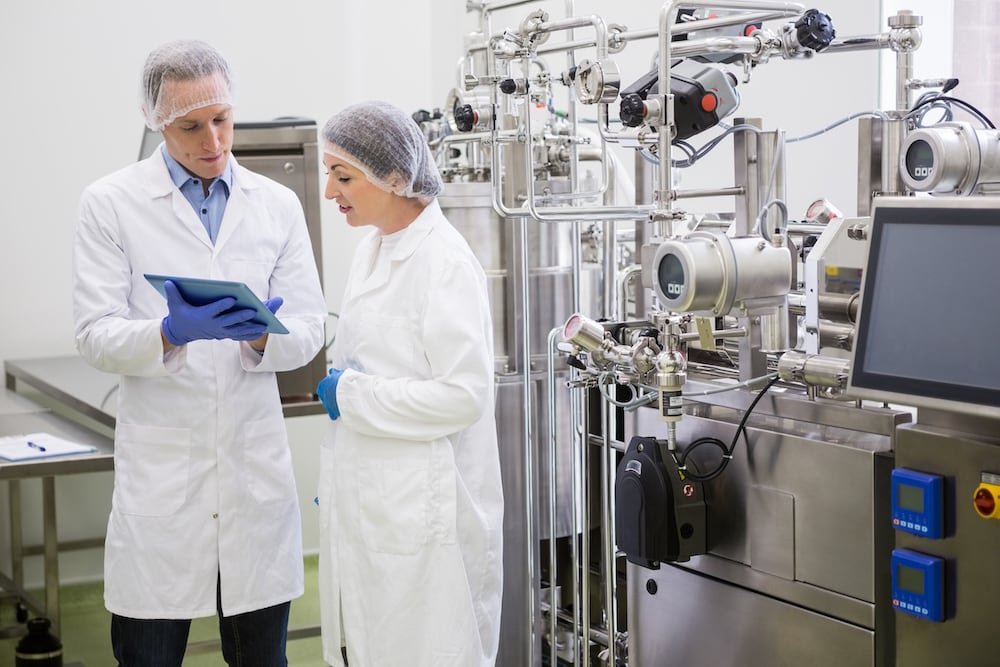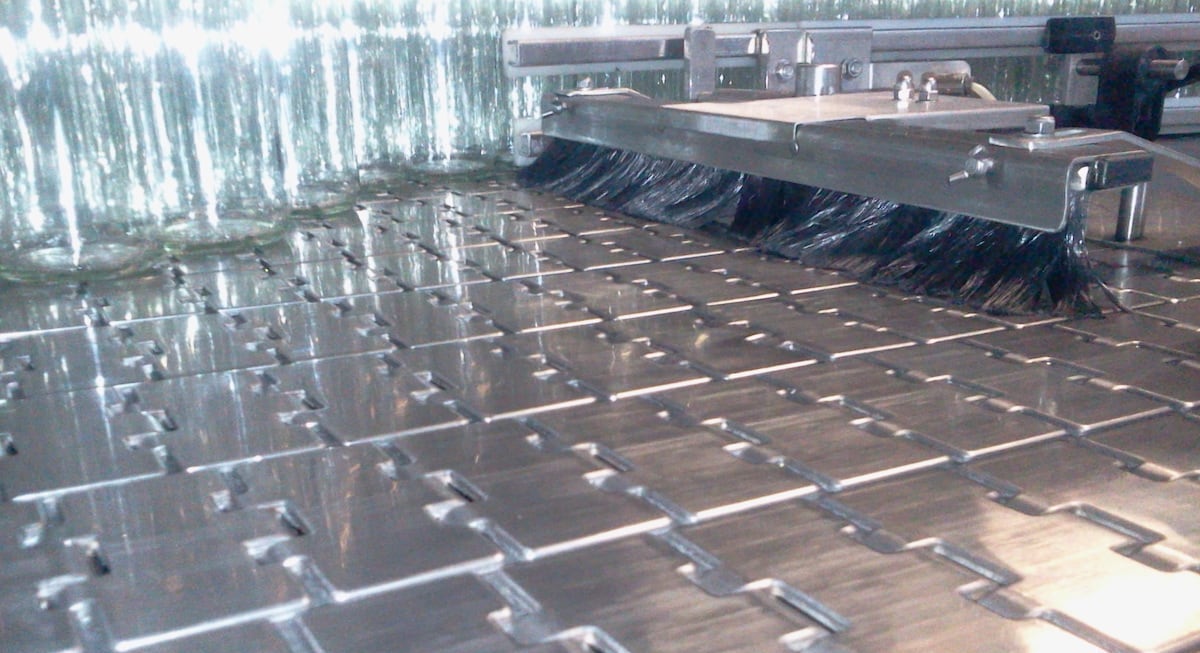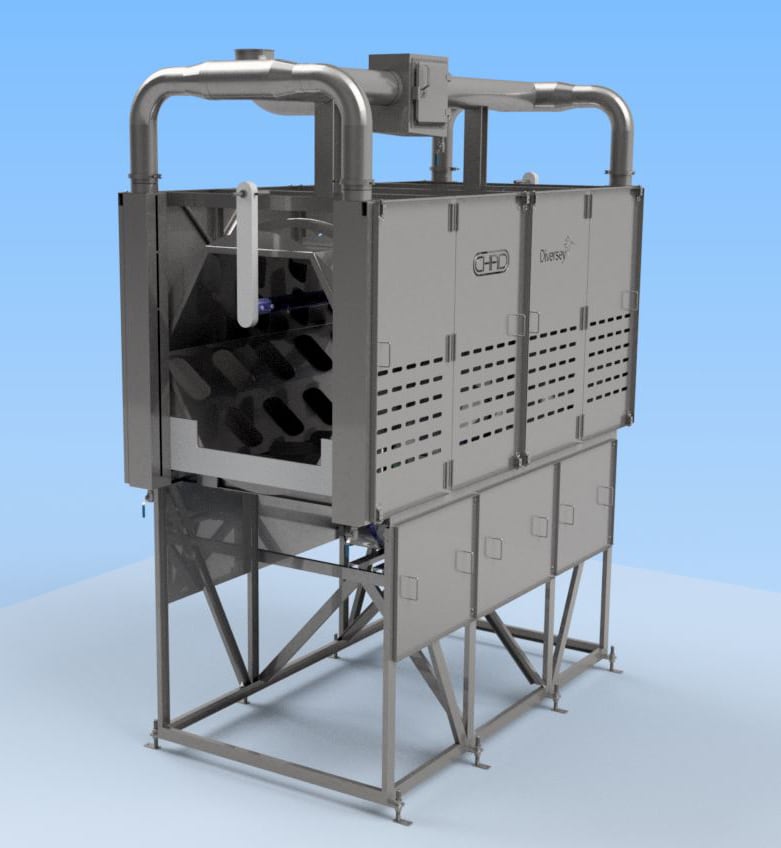If there’s a constant beside death and taxes, it is certainly the fact that we do not live in a sterile environment. We are surrounded constantly by bacteria, viruses, and other microbes. Most of these organisms are beneficial and essential for our wellbeing. However, there are some bad actors in the crowd, pathogens, that can cause illness and sometimes even death. Our bodies have developed immune systems to combat these pathogens. Healthy adults are best able to combat them while the young, elderly or those who are ill may not be able to fight them off. Fortunately, for most people one foodborne pathogen organism is not enough to cause illness, even in people with compromised immune systems. Generally, there have to be a number of pathogenic organisms present to cause illness.
The deadliest known pathogen — Bacillus anthracis — causes anthrax. This one is a zero order organism, which means that one organism is sufficient to cause disease. Salmonella and E. coli O157:H7 are third-order organisms, which means that a minimum of 1,000 are necessary to cause illness. Most other known foodborne pathogens are fifth-order organisms, which means that a minimum of 100,000 are needed to cause illness.
Bacterial control is a numbers game with the objective to keep the foodborne pathogen population below that necessary to cause disease. A number of strategies are utilized to accomplish this. No known foodborne pathogen survives above 180°F so heating foods to this temperature is an excellent means of controlling pathogens. Exposure to elevated temperatures for set periods of time is also an effective means of controlling pathogens. Pasteurization can be accomplished by exposing food at 160°F for 15 minutes or 140°F for 30 minutes. Milk, which was a primary carrier of anthrax, is pasteurized routinely to eradicate this pathogen. Other strategies to control pathogens involve cleanliness and temperature control. Bacteria need a food source, moisture, warm temperatures and subdued lighting to thrive and multiply. While most bacteria can survive refrigeration, most do not multiply. Thus storing food below 40°F is a means of inhibiting bacterial growth. Listeria is the outstanding exception among foodborne pathogens.
You can do a lot at home to control bacteria and keep it from growing: washing dishes, cookware, and food preparation surfaces removes potential food sources for bacteria, while drying dishes and cookware removes the moist environment required for them to thrive. Allowing dishcloths, towels, sponges, and scouring pads to dry between uses further inhibits bacteria growth. Washing raw fruits and vegetables with clean water before use reduces bacteria numbers on these food items. Non-moist food items should be stored in a dry location. You should always wash your hands before preparing food, and prepare food on clean surfaces utilizing clean utensils. Serve food on clean dishes and eat it with clean utensils. It’s also important to avoid cross contamination. For example, do not use the same utensils and surfaces to cut up fresh meat and salad ingredients without washing them first.
These steps do not guarantee that you will never become ill from the food you eat. However, taking precautions when handling food will reduce the chances of acquiring a foodborne illness.
 Elis Owens, Ph.D., Director, Technical Services, Birko, can be reached at [email protected], 303-289-1090.
Elis Owens, Ph.D., Director, Technical Services, Birko, can be reached at [email protected], 303-289-1090.








